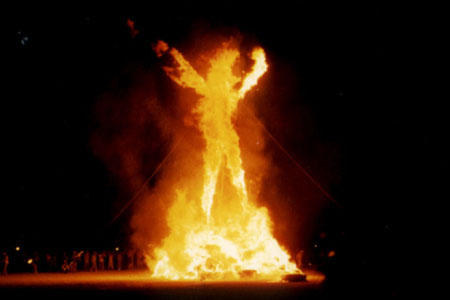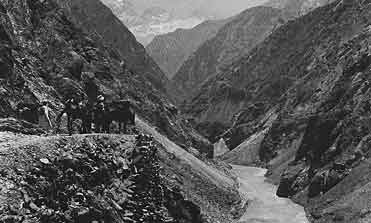
Georgie (snapshots.parade.com)
This is a continuation of a thread on dogs.
Zoroastrian funerary rituals appear to indicate that ancient Iranians believed that dogs had a unique power to discern whether the life had departed from a body.
What follows next is known as the dog-sight (sagdid) ceremony. A dog, generally a “four-eyed” dog (a dog with two eye-like spots just above the eyes), is presented so that it gazes at the corpse. Although various reasons are assigned to this ceremony, the purpose in ancient times was to ascertain whether or not life was altogether extinct.
Solomon Alexander Nigosian, The Zoroastrian Faith
It may be due to this high regard for the perceptiveness of dogs, and not merely the loyalty and utility of dogs, that lead ancient Iranians to treat the corpses of dogs with the same care that they treated human corpses.
Not only did ancient Iranians believe that dogs could alone tell whether a human was truly deceased, they also believed that dogs guarded the bridge to heaven. They may have even believed that these dogs guided souls across that bridge into heaven.
In line with this, dog breeding is a religious matter in Zoroastrianism, and canine pregnancy is treated quite seriously:
It lies with the faithful to look in the same way after every pregnant female, either two-footed or four-footed, two-footed woman or four-footed bitch.
Vendidad, Fargard 15
The Vendidad establishes that people have a moral obligation to care for pregnant strays and the pups of strays. The book lays out—in detail—how to determine who is responsible for a pregnant stray. And upon whomever the responsibility lies, negligence is murder:
If he shall not support her, so that the whelps come to grief, for want of proper support, he shall pay for it the penalty for wilful murder.
Vendidad, Fargard 15
Rough treatment of pregnant dogs is a punishable offense:
It is the third of these sins when a man smites a bitch big with young or affrights her by running after her, or shouting or clapping with the hands; If the bitch fall into a hole, or a well, or a precipice, or a river, or a canal, she may come to grief thereby; if she come to grief thereby, the man who has done the deed becomes a Peshotanu (deserving of two hundred strokes or a proportional fine).
Vendidad, Fargard 15
Similar penalties are established for abuse of dogs in general:
It is the second of these sins when a man gives bones too hard or food too hot to a shepherd’s dog or to a house-dog; If the bones stick in the dog’s teeth or stop in his throat; or if the food too hot burn his mouth or his tongue, he may come to grief thereby; if he come to grief thereby, the man who has done the deed becomes a Peshotanu. He who gives too hot food to a dog so as to burn his throat is margarzan (guilty of death); he who gives bones to a dog so as to tear his throat is margarzan.
Vendidad, Fargard 15
Unfortunately, the attitude toward dogs in modern Iran is quite the opposite.
Another means of distressing Zoroastrians was to torment dogs. Primitive Islam knew nothing of the now pervasive Muslim hostility to the dog as an unclean animal, and this, it seems, was deliberately fostered in Iran because of the remarkable Zoroastrian respect for dogs.
Mary Boyce, Zoroastrians, pg. 158
37.242286-121.730945




